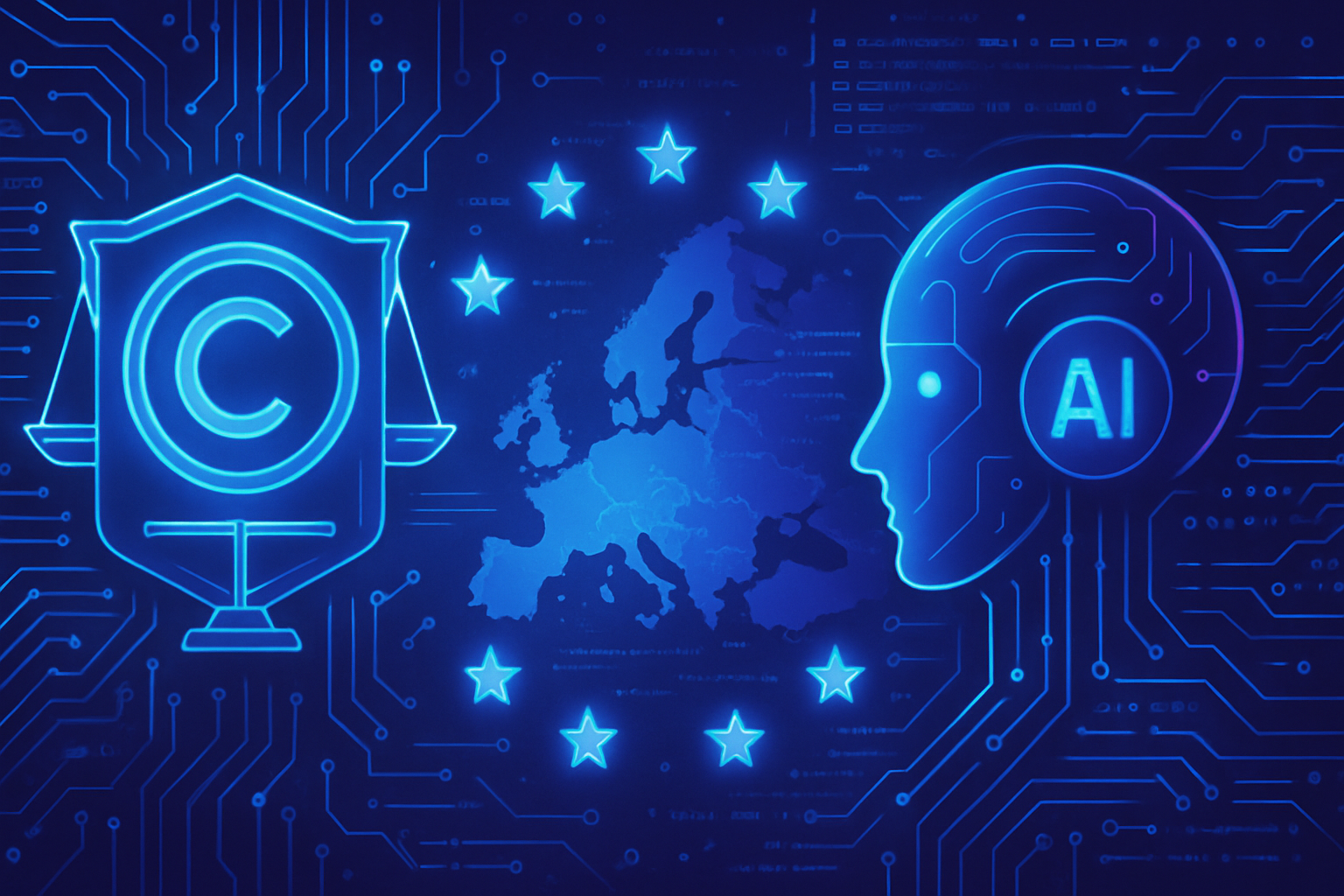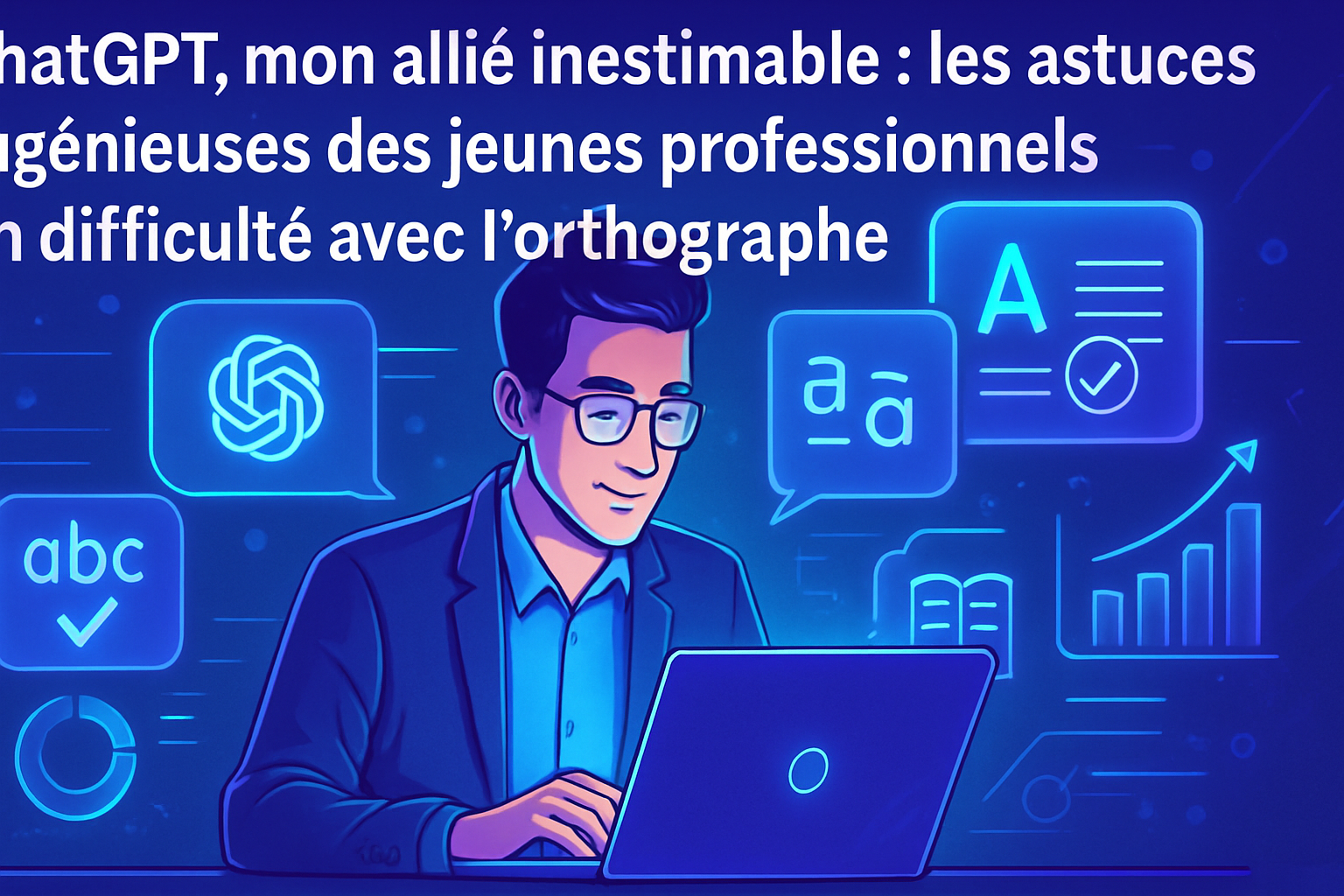Elsa, the new AI from the FDA, raises perplexity and distrust. Designed to radically transform the workings of the federal agency, this virtual assistant encounters unexpected difficulties. Elsa’s frequent hallucinations call into question its reliability in research and scientific evaluations. This challenge raises essential questions about the growing use of artificial intelligence in public health instances. At the heart of this issue remains the struggle between technological innovation and scientific accuracy, a vital element for the health of citizens. The promise of rapid improvement seems to crumble in the face of the realities experienced by agency employees.
An ambitious initiative from the FDA
The Food and Drug Administration (FDA) recently introduced Elsa, an artificial intelligence-based assistant, to modernize its operations. This new tool aims to increase the efficiency of clinical trials, evaluate drugs, and prioritize inspections. Officially, Elsa represents an advance towards the integration of AI in public health. The FDA has expressed its enthusiasm for this innovation, hoping it will improve the services offered to American citizens.
Unfulfilled promises
Despite the stated ambitions, an investigation by CNN reveals that the tool is facing major challenges. Employee testimonies from the FDA indicate that Elsa does not always provide reliable results. By speaking with six anonymous employees, the media highlighted significant flaws regarding the AI’s ability to produce correct information. Calls for caution from employees are heard, emphasizing that the tool sometimes seems more harmful than helpful.
Elsa’s hallucinations
FDA employees report that Elsa’s hallucinations compromise the quality of information. The AI is capable of generating studies that do not actually exist, creating a reliability problem. One employee made a sharp criticism: “Anything you don’t have time to double-check is not reliable.” These remarks illustrate the danger of excessive dependence on a still immature technology.
Concrete cases of malfunction
Numerous examples of failures in Elsa’s operation exist. During data analysis, one employee found that Elsa had made a mistake regarding the number of products with a specific label. The AI apologized but failed to provide a correct answer. Other employees noted that the responses provided to questions about children’s medications were incorrect.
Hope for improvement
Despite the criticisms, some officials, like Jeremy Walsh, defend Elsa’s potential. He indicates that the tool is currently being improved and that formulating more precise questions could reduce hallucination risks. This reflects a cautious optimism regarding the future integration of Elsa within the FDA’s operations.
The context of the initiative
This artificial intelligence project is not new. It began under the Biden administration, but its deployment gained momentum with Donald Trump’s arrival. Under this administration, massive cuts to FDA personnel, about 20%, also prompted a rapid evolution of the technologies used. Marty Makary, appointed head of the FDA by Trump, expressed satisfaction with a rollout “faster than expected and under budget.”
Towards responsible regulation
This case raises broader questions about the regulation of artificial intelligence in various sectors. The need for an appropriate framework for this technology is urgent, as evidenced by the UK and Singapore’s commitment to regulate AI in finance. Meanwhile, data protection is becoming essential, bolstered by initiatives aimed at regulating emerging AIs.
An uncertain future for AI
Elsa, like other similar projects, highlights the challenges to be overcome to ensure optimal use of AI technologies. The FDA, already under pressure, must navigate between technological innovation and public safety requirements. Elsa’s failure could influence political decisions regarding AI, with voices calling for a moratorium on its expansion, as indicated by a risk to be taken seriously.
An evolving dynamic
New advancements in technology and research continue to attract attention. Companies like Arago are investing heavily in solutions capable of competing with the capabilities of traditional AI systems. The technological landscape is rapidly evolving, underscoring the tension between innovation and the need for regulation.
Towards new horizons
The merging of artificial intelligence with other fields, such as underwater photography, opens unexpected perspectives on AI’s potential. Initiatives like this demonstrate how these technologies can redefine scientific research and exploration, as shown by the union of AI and photography.
This dynamic illustrates the duality of technological progress: enthusiasm in the face of innovation while keeping in mind the challenges to overcome. The lessons learned from Elsa could shape the future of AI in many sectors.
Frequently asked questions about Elsa, the AI intended to modernize the FDA
What is the main objective of the AI tool named Elsa at the FDA?
Elsa was designed to accelerate clinical trials, prioritize inspections, and facilitate scientific evaluations within the Food and Drug Administration (FDA).
What types of problems do FDA employees encounter with Elsa?
Employees report that the tool hallucinates by generating non-existing studies and provides incorrect answers when searching for information.
How is Elsa supposed to modernize the FDA agency?
Elsa is presented as a technological assistant aimed at modernizing employees’ work by optimizing data analysis and scientific information management.
What types of tasks does Elsa struggle to perform effectively?
Elsa has difficulty providing reliable summaries of scientific studies and accurately answering questions about medications and their labeling.
Do Elsa’s hallucinations have consequences for employees’ work?
Yes, Elsa’s hallucinations complicate employees’ work, as they must constantly verify and validate the information it provides.
Why do employees feel that Elsa is not entirely useful?
Employees believe that Elsa requires manual verification of information, which goes against the efficiency the tool is supposed to provide.
What improvements are planned for the Elsa tool?
According to Jeremy Walsh, an FDA official, efforts are underway to improve Elsa by reducing hallucination risks through more precise question formulation.
Was Elsa developed during the Biden or Trump administration?
Although it was planned under the Biden administration, the integration and launch of Elsa were significantly accelerated during the Trump administration.
What was Jeremy Walsh’s reaction to the criticisms regarding Elsa?
Jeremy Walsh remains optimistic about Elsa’s capabilities and states that the tool is in the improvement phase to better meet employees’ expectations.






